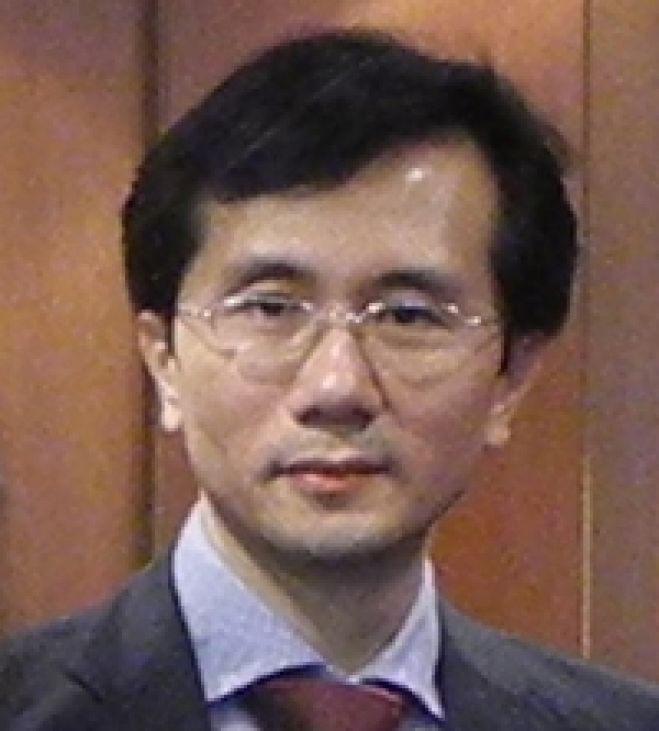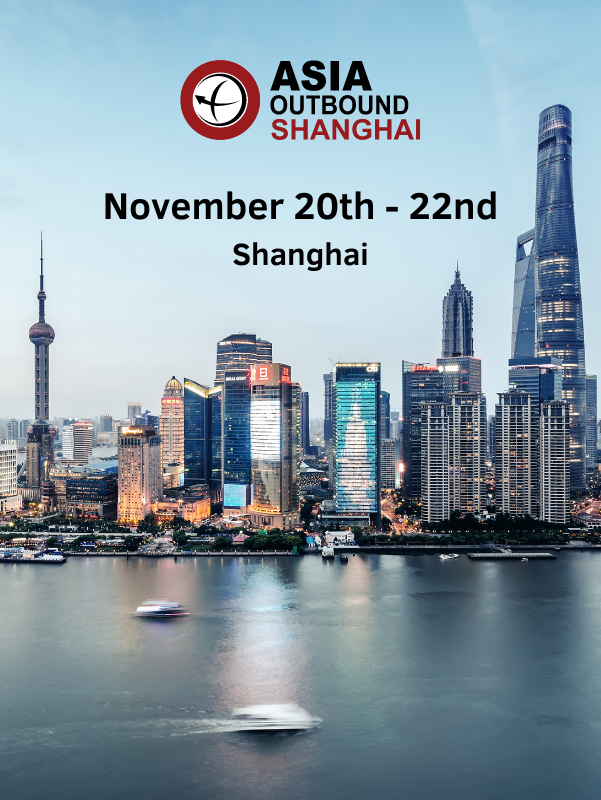However, the Tracker Fund (2800) covers most of the Hang Seng Index components, allowing investors to buy into the entire Hong Kong market to diversify investment risks. Many investors choose to hold their positions in the long term.
Apart from the QFII program, A50 and CSI 300 ETFs are the fastest and most convenient channels for Hong Kong and overseas investors. The requirement for capital is not high and medium- and short-term operations are relatively easy, just like trading stocks. They are long-term investors in the Tracker Fund and they can directly buy H shares and red chips.
Taking a single day (Nov. 4) as an example, the turnover in the Hong Kong Stock Exchange was HK$79 billion, but it included turnover of many derivative products, such as Callable Bull/Bear Contracts and Warrants. The turnover of A50 (2823) was nearly HK$2.2 billion, which was big when being viewed as a single stock. Other actively traded products included H shares'ETF (2828) with turnover of HK$300 million while the turnover of CSI 300 ETF (2827) also hit HK$45 million.
However, you could see among the 70-plus ETFs, many allowed investors to gain access to overseas markets, including India, Russia, South Korea and Taiwan. There are also sectors targeting specific mainland A shares, such as the A-share retail sector and A-share financial sector. However, turnover was not high in these sectors and it needs more participation from investors. Some markets that the ETFs track are not active and don't feature 24-hour trading, making it difficult for the underlying ETFs to lure investors.
For example, turnover of the Russian ETF in Hong Kong may be only several hundreds of thousands Hong Kong dollars while that of Indian ETF was only 300,000 to 400,000 Hong Kong dollars. When buying into the Indian market, many local investors in Hong Kong prefer to go through some open-end funds such as domestic public funds and foreign fund companies in Hong Kong, such as Fidelity, JF, Schroder and other public mutual funds. As for the categories of ETFs, one is ETF tracking the indexes directly while the other is synthetic ETF, which uses derivatives to track the indexes. Many investors may use ETFs to conduct medium- and short-term trading. They are not like open-end mutual funds, which can only be traded once a day. As for professional investors in Hong Kong, if they use Hong Kong-based ETFs to trade in overseas markets, they can't realize 24-hour trading. They would prefer to open a US stock account and trade US-listed ETFs tracking foreign indexes, allowing them to realize 24-hour trading and also buy into the Brazilian and Russian markets. If they buy the closing index at the opening of the Hong Kong market, the bid-ask spreads under low liquidity are not necessarily the best. Only one market can use the Hong Kong trading platform with high efficiency, easy access and timely trading without time difference. It's the Chinese market.
The standard to evaluate ETFs.
One of the most important standards is Trading Error because some funds are synthetic ETFs, which involve derivatives. Besides, some real ETFs don't necessarily copy the same equity holding volumes and proportions as the underlying index. If the trading error is too big, the passive investment mode will lose its significance.
If there are few choices in the market, such as a limited number of channels to trade A shares, and when the A-share market has a strong upswing trend, people have to buy into the ETFs, which make them often trade at premiums. However, people now only prefer to be engaged in medium and short-term trading. The ETF tracks the underlying index, whose performance depends on the market prospect. If investors are upbeat about the market, the ETF will perform strongly along with the underlying index. As for more aggressive investors, there are more than 100 A50-related put and call warrants available on the Hong Kong stock exchange.
Additional factors include the brands of fund managers (such as large and well-known ones) and the expense ratio, such as the 0.99 percent for A50, which is not cheap for ETFs. But the A-share market is relatively closed to outside, the costs of using off-market derivatives to track the A share index are inevitably high. The expense ratio for the Tracker Fund is very low (0.15 percent) and for long-term investors, such a low annual fee is very attractive.
The influence of mainland launch of ETFs tracking Hong Kong stocks.
As for domestic investors, launching the ETF tracking Hong Kong stocks on the mainland is very constructive. However, it is still to be seen how big the quotas will be, whether a majority of fund firms can join, or if there are only one or two ETFs available at the initial stage. However considering that mainland investors can use the ETF to invest in overseas markets for risk diversification, the program is somewhat attractive. Although the initial size is not big, it is at least a start. If the quota is not large, it won't have a big impact on the Hong Kong stock market.
The influence of oversight on collateral : The stricter the regulations, the higher the costs for operators.
When you increase the collateral levels, you will see more opportunity costs. If Hong Kong hopes to maintain its status as a global financial hub, it needs to diversify its products and at the same time maintain a certain level of supervision to protect investors and prevent systemic risks. Although trading for the Indian and Brazilian ETFs are not strong currently, they are options for investors, who can gain timely access to them as soon as bull runs occur.
Possible reasons to quit the ETF business.
- Every company has its own decisions on operation strategies and resources allocation. If a company makes more money on investment banking or proprietary trading, why should it conduct other business that doesn't make money?
- There is also a cost issue. The performance and the launching of ETFs didn't reach the previously-targeted goals. The management fees were not high, but some companies quit the market. However, other companies believe they can use ETFs to build up their brands and pave the way for its growth when the market goes mature in the future.
















